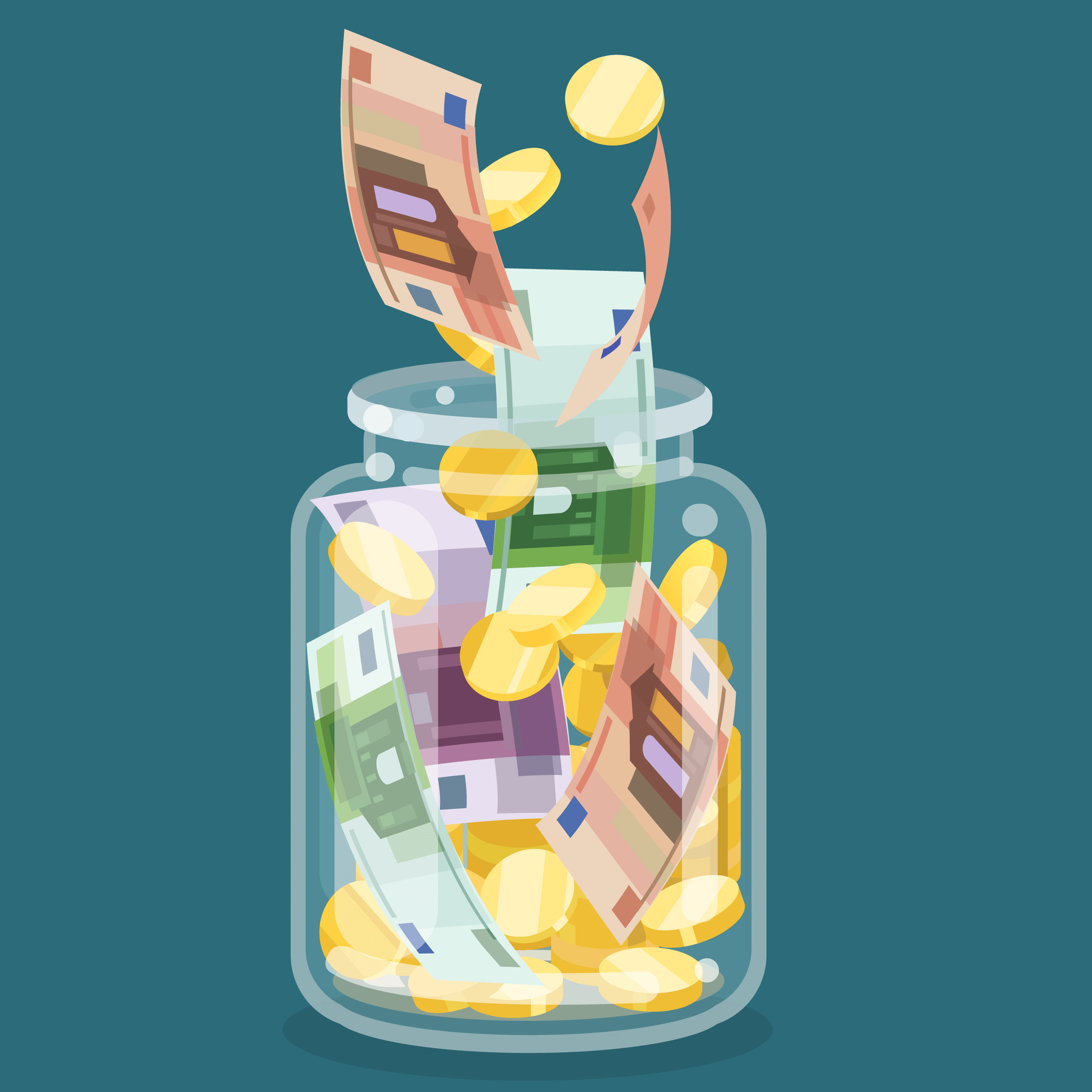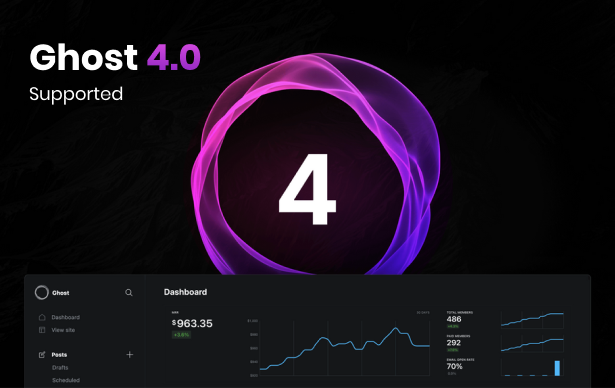
Over the last few years I think it’s safe to say that the domain industry has seen some pretty terrible UDRP decisions. For any of my blog readers who don’t know what a UDRP is, here’s a quick primer:
UDRP is an acronym for Uniform Dispute Resolution Policy.
All ICANN-accredited registrars follow a uniform dispute resolution policy. Under that policy, disputes over entitlement to a domain-name registration are ordinarily resolved by court litigation between the parties claiming rights to the registration. Once the courts rule who is entitled to the registration, the registrar will implement that ruling. In disputes arising from registrations allegedly made abusively (such as “cybersquatting” and cyberpiracy”), the uniform policy provides an expedited administrative procedure to allow the dispute to be resolved without the cost and delays often encountered in court litigation. In these cases, you can invoke the administrative procedure by filing a complaint with one of the dispute-resolution service providers.
Three criteria must be met to prove a UDRP:
1. The first is that the domain name must be identical or confusingly similar to a trademark in which the complainant has right.
2. The second is that the registrant has no rights or legitimate interests in the domain name.
3. And then the third is that the registrant registered and used the domain name in bad faith.
Domain names are transferred ten days after a UDRP case has been decided, where a decision is made to transfer the domain name to the complainant. (Source – DomainSherpa.com)
While you might think that buying a domain name from a reputable company for a six-figure sum would mean that you own that domain name free and clear, unfortunately that’s not always the case. Abuse of the UDRP process has opened the door for companies and individuals to literally steal domain names through a legal process that can often come down to opinion over fact.
Over the last few years it’s been hard to ignore some of the absolutely terrible UDRP decisions. In many cases, six and seven figures domain names tend to get challenged more than most, making them in my mind, riskier to own unless you have a solid budget to spend defending them. While you might feel safe spending say $150,000 to buy a domain name through a reputable marketplace like Sedo or Go Daddy, and you know the name you’re buying is worth $500,000 – you could still lose your domain in a UDRP.
Now the silver lining here is that there is such a thing as Reverse Domain Name Hijacking (skip if you know that and are sick of me posting definitions):
Specifically, according to the UDRP Rules, RDNH is defined as follows: “Reverse Domain Name Hijacking means using the [UDRP] in bad faith to attempt to deprive a registered domain-name holder of a domain name.” The Rules also state: “If after considering the submissions the Panel finds that the complaint was brought in bad faith, for example in an attempt at Reverse Domain Name Hijacking or was brought primarily to harass the domain-name holder, the Panel shall declare in its decision that the complaint was brought in bad faith and constitutes an abuse of the administrative proceeding.” (Source – Giga.law)
That being said, getting into a legal battle with a big company isn’t cheap so this means that if you want to hold-onto your six-figure domain you’ll need to lay out quite a bit of cash. While the risk of investing in six and seven figure domain names decrease thanks to RDNH, it doesn’t eliminate the risk since it’s not safe to assume that you’ll be able to always win every RDNH.
For your average individual domain name investor I think this makes six-figure domain names one of the riskiest places to put their money, and sadly, makes domain names one of the riskiest individual assets with that kind of value. Here’s what I mean.
Suppose I put $100,000 in as a down payment on a house that costs, let’s say $300,000. While it’s not impossible for that house to decrease in price, maybe all the way to say $150,000 – it would be next to impossible for it to drop to $0. After ten years it also wouldn’t be surprising to anyone if you sold the house you originally paid $300,000 for, for $500,000 or more.
Now let’s look at the stock market. Suppose I put $100,000 into what I would call a safe stock, something like Amazon or Apple that I think we can all say isn’t going to drop to $0 in ten years. I think many people wouldn’t be surprised if that $100,000 was $300,000 or more and I think we’d all agree the risk is pretty darn low.
Okay, now let’s get nice and boring and take the $100,000 and put it into a low load mutual fund. This time we’re likely not going to see the $100,000 turn into $300,000 or more, but you know it’s not going to $0 and you’d expect to get back more than $100,000 so still turn a profit.
These are three different well-known and widely accepted asset classes. Now let’s turn to domains names. If you put $100,000 into a domain name that we’d all agree is worth $500,000 and that past sales data shows could even sell for more…you could lost that domain in a UDRP and be left with nothing a month after you buy it. That’s a real risk.
So what’s my point here? Am I saying that nobody should buy domains that are worth over $100,000? No – that’s not what I’m saying. I think people should continue to buy high-value domains, but at the same time, I think we should be honest about the risks and the realities of the flaws that exist UDRPs and the real threat it poses to domain names as an asset class. Heck, people have been writing academic papers on this problem starting more than fifteen years ago.
If you have millions of dollars, $100,000 might be a fine amount of money to risk for the chance to turn it into $500,000 or more. You could wait five years, heck you can wait ten years or more for the right buyer to come around and boom – you just made a huge return. On the flip side your average non-millionaire domain investor probably cares a lot about that $100,000 and tying it up for 5 – 10 years, and putting it at risk of being hit with a UDRP is too big of a risk to take.
So here’s the question – can we create an environment where investors can put $100,000 or more into a single domain name and know that asset will be protected like it is with stocks, bonds, mutual funds and real estate? What can we do as an industry to improve the process and take the risk out of owning six and seven figure domain names?
Phew – this has been a long post but as you can tell it’s a topic I’m passionate about, and you should be too! Now it’s your turn, what do you think? Comment and let your voice be heard!



